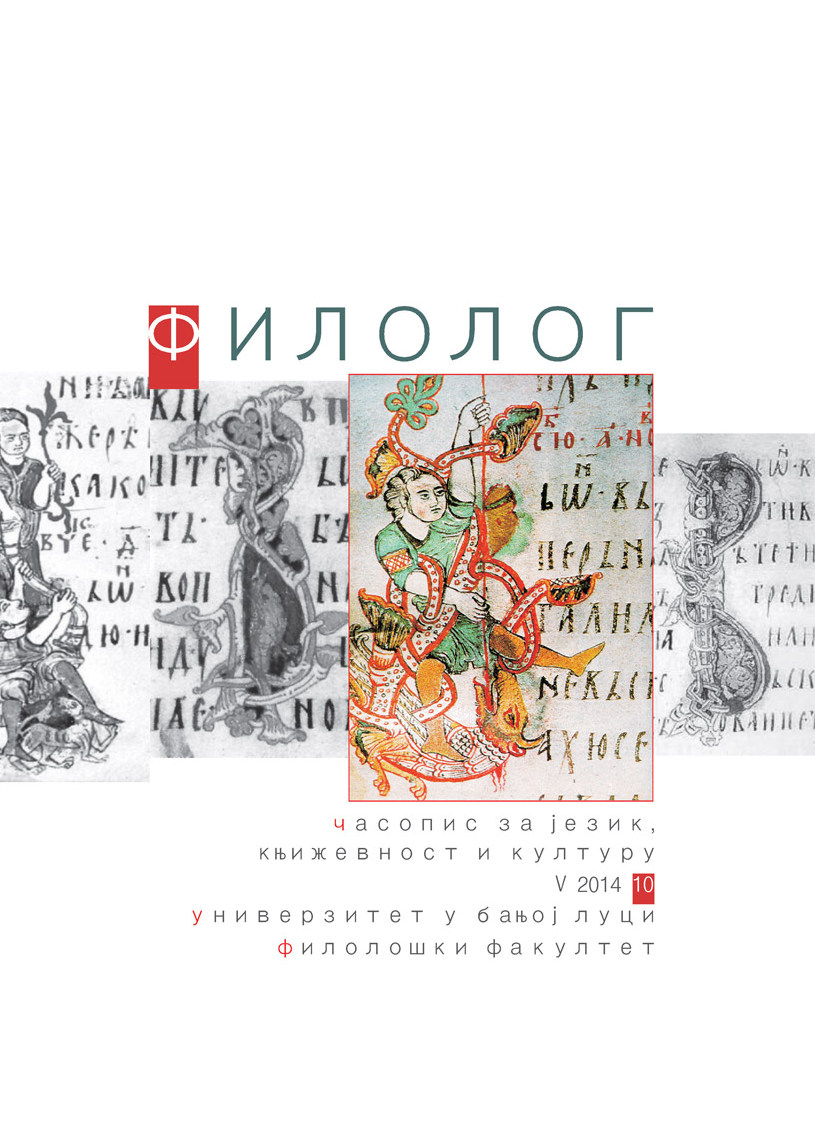Reader-focused vs. Text-focused Shifts of Coherence in Momo Kapor’s Short Stories
Reader-focused vs. Text-focused Shifts of Coherence in Momo Kapor’s Short Stories
Author(s): Monika KraguljSubject(s): Language and Literature Studies, Short Story, Semantics, Serbian Literature, Philology, Translation Studies
Published by: Филолошки факултет Универзитета у Бањој Луци
Keywords: literary translation; non-equivalence; Kapor; reader-focused shifts; text-focused shifts; implied meaning.
Summary/Abstract: The paper deals with the issues related to translating terms and concepts from Momo Kapor’s short stories. The special focus is placed on solving the problems of non-equivalence, that is, nonexistence of certain terms in the target language, having in mind the fact that most of those terms and concepts also contain a great deal of implied meaning. Consequently, one of the aims of the paper is also to raise the awareness of the complexity of the translator’s task.During the process of analysing the examples of terms for which there is no appropriate translation in the target language, two approaches to translation are contrasted: the text-focused and reader-focused translation. The text-focused translation requires introducing shifts, which contribute to the coherence of the text. Within this approach, the translator takes neither the context of the source text nor the needs of target text readers into account. Th is being the case, the translation is based purely on the linguistic rules.Conversely, in order to achieve the reader-focused translation, the translator introduces shifts that go beyond the surface of linguistic meaning and function of a term. In this case, many different factors participate in creating the same effect on the target text reader as on the source text reader, such as: the implied meaning of a term, target culture, source culture, time, space, etc. Through the analysis of various examples, it has been concluded that it is only this type of approach to translation that allows interpreting the term and then transferring its meaning into target language, thus achieving the aim of creating the associations with the same eff ect in the mind of a target-text reader as in the mind of a source-text reader.
Journal: Филолог – часопис за језик, књижевност и културу
- Issue Year: 2014
- Issue No: 10
- Page Range: 87-96
- Page Count: 10
- Language: English

